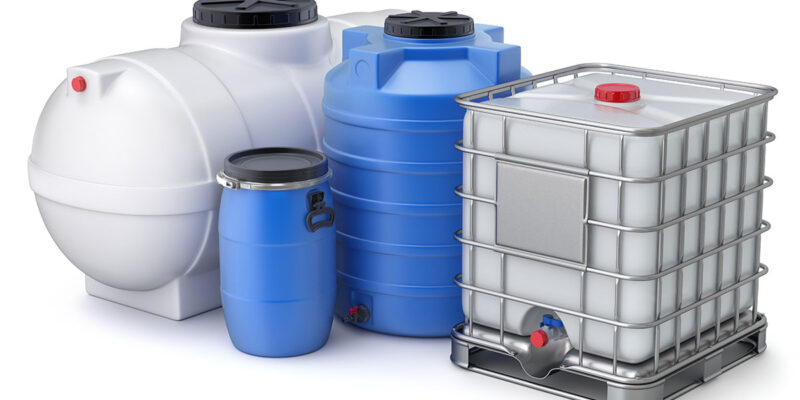
Understanding and Mitigating Health Risks Associated with Plastics Rotomolding
Plastics Rotomolding is among the most common and price-effective ways to create plastic-type material items. It requires by using a mold, which is filled with plastic-type material substance, warmed up inside an your oven, and then cooled until it has taken the shape in the mold. In the following paragraphs, we will consider a close look at the procedure of plastic Rotomolding and its benefits.
The whole process of Rotomolding
The initial step in rotomolding would be to fill a mold with powdered or water plastic material. When the mold is stuffed, it is actually placed in an cooker where it will be warmed for any predetermined period of time. The warmth causes the plastic material dust to melt and broaden until they can be consistently handed out through the entire overall mold cavity. As the plastic cools down, it starts to carry out the form of the mold, generating into its last item when completely cooled down. This entire procedure can take any where from fifteen minutes to many hours depending on how sizeable and intricate the subject getting molded is.
Benefits of Rotomolding
1 gain which enables rotomolding so appealing to companies is that it provides greater layout flexibility than other manufacturing processes as there are no complicated equipment or dies required. In addition, because there are less steps linked to producing a merchandise, rotomolding is usually much more cost-effective than other methods including injection molding or blow molding. This makes it perfect for producing smaller sized batches or prototype elements quickly without experiencing an increased expense per bit. Eventually, because molds could be used again repeatedly with small wear and tear, rotomolding also will allow companies to generate highly detailed items with intricate patterns that would otherwise require high-priced generation techniques including 3D generating or machining.
Bottom line:
Rotomolding offers plastics manufacturers fantastic design mobility coupled with low expenses and quick turnaround times—making it an attractive option for generating small batches or prototypes efficiently and quickly without having to break their price range. It is also perfect for making intricate patterns that would otherwise require pricey resources or passes away to produce which makes it perfect for developing personalized components easily while still conserving money total. Because of this, rotomolding is becoming one of the more preferred developing functions used these days among plastics specialists around the world!